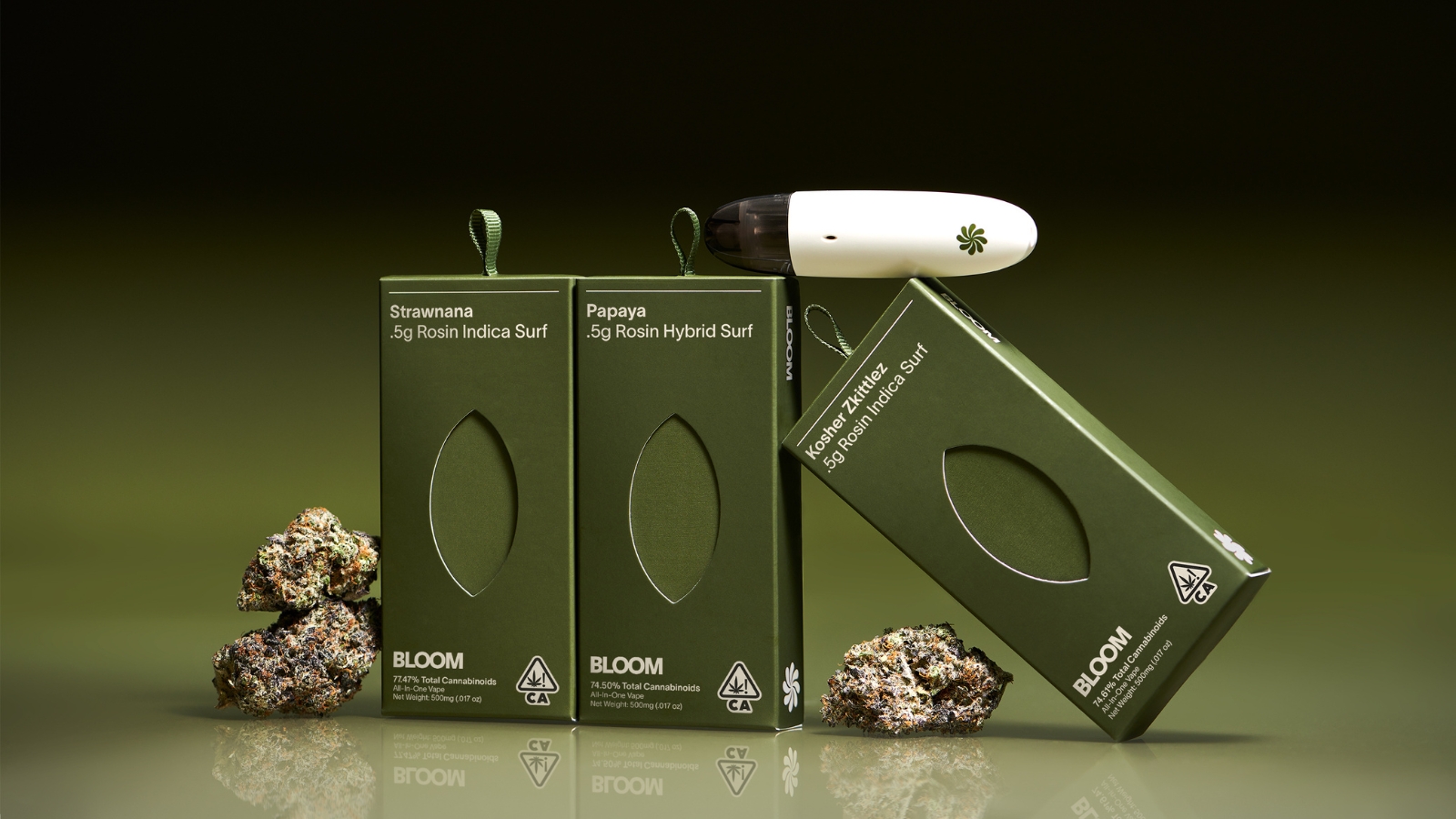States with medical marijuana programs continue to experience lower rates of opioid addiction and overdoses, according to a new research study.
Medical marijuana adversaries argue cannabis legalization will negatively impact public health. However, recent findings prove the herb offers unforeseen benefits. Compelling evidence suggests an increase in medical marijuana availability actually leads to a decline in prescription pain killer abuse.

The hospitalization rate for opioid addiction in states with medical marijuana proves 23 percent lower than states without legal access, according to reports. Overdoses declined 13 percent.
Although researchers are not so narrow-minded as to think cannabis will solve the opioid epidemic, it is clear that marijuana can be an effective alternative to painkillers such as codeine, fentanyl, hydrocodone, and more.
When provided the choice, 63 percent of chronic pain sufferers would rather turn to cannabis instead of their prescribed opioid medication, according to new research by the University of British Columbia and University of Victoria.
The study, which is one of the first of its kind, observed over 250 patients treated for chronic pain, mental health and gastrointestinal issues.

To harness the healing powers of cannabis, it is important to first understand that pain is merely a symptom to an underlying health condition. That said, our bodily aches and pains offer clues that can be decoded.
First, let’s start with the three main types of pain:
- Somatic Pain: Generally speaking, this type of pain is usually prompted by activity and relieved by rest. It’s a message sent by receptors located throughout the body whenever an injury occurs. Patients describe this kind of pain as dull or aching.
- Visceral Pain: The most common type of pain, we experience visceral pain when our internal organs such as the stomach, kidney, intestines or gallbladder suffer damages or injuries. Pain signals are vague, with patients describing it as dull, pressure-like and non-localized. It’s often the reaction of pain receptors in the chest, abdomen, or pelvic areas.
- Neuropathic Pain: This type of pain often manifests as a burning, tingling, or stinging sensation. Some patients would even go as far as describing the pain as stabbing, piercing, or cutting. Pain response can even occur due to the gentlest touch. When experiencing neuropathic pain, our spinal cord or peripheral nerves sustain injuries or malfunctions.
How Does Cannabis Treat Pain?
In the Cannabis sativa plant, there are 480 natural chemical components. Of these, 66 are classified as “cannabinoids,” which alter neurotransmitter releases in the brain. Secreted by cannabis flowers, cannabinoids are responsible for alleviating a myriad of health symptoms, including but not limited to pain, nausea, anxiety, and inflammation. Like opiates, cannabinoids affect the central nervous system by interacting with different receptors. Thus far, scientists recognize two types of cannabinoid receptors: CB1 and CB2.
Whether you smoke a bowl or consume an edible, cannabinoids bind to receptor sites throughout the brain and prove to alleviate a number of symptoms (depending on which receptors they bind to).
According to Leafly, THC binds to receptors in the brain, whereas CBN (cannabinol) tends to bind to CB-2 receptors (located throughout the body). Depending on a cannabis product’s cannabinoid profile, different types of relief are achievable.
Which Bloom Strains Are Right For Me?
This is not an easy question to answer as it depends on the individual. However, you can consult your budtender at any of our nearest locations. Or, you can speak to one of our reps at any of our upcoming demos. We hope to see you there!





